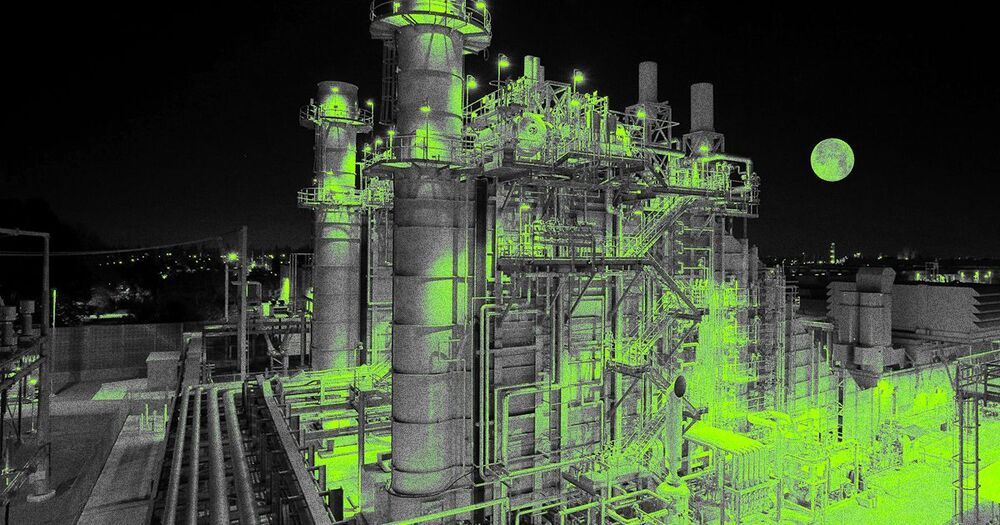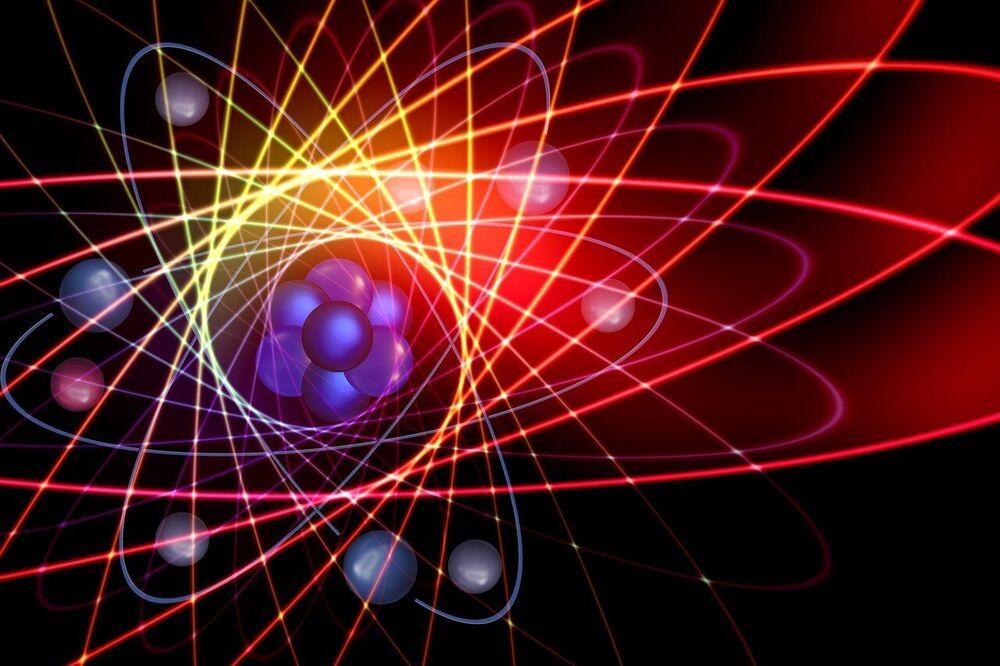According to the order page, the price in California starts at $1235, 890, and Tesla requires $5000 down. This doesn’t include taxes or annual maintenance. Prices do vary by state. Customers can order up to 1000 Megapacks, and if they do, the costs per unit decline with each additional Megapack order.
On its website, Tesla said that it took everything it knew about battery technology to enable the world’s largest energy projects. For these giga-scale projects, a 1 gigawatt-hour (GWh) project provides enough energy storage capacity to power every home in San Francisco for 6 hours.
For those ordering the Tesla Megapack, the earliest deliveries will occur in 2022, but not for all states. California, Nevada, and Texas have 2022 delivery estimates, while others, including my own state of Louisiana, have 2023 estimated delivery dates. The price of the Megapack for Louisiana is $1252, 810.





